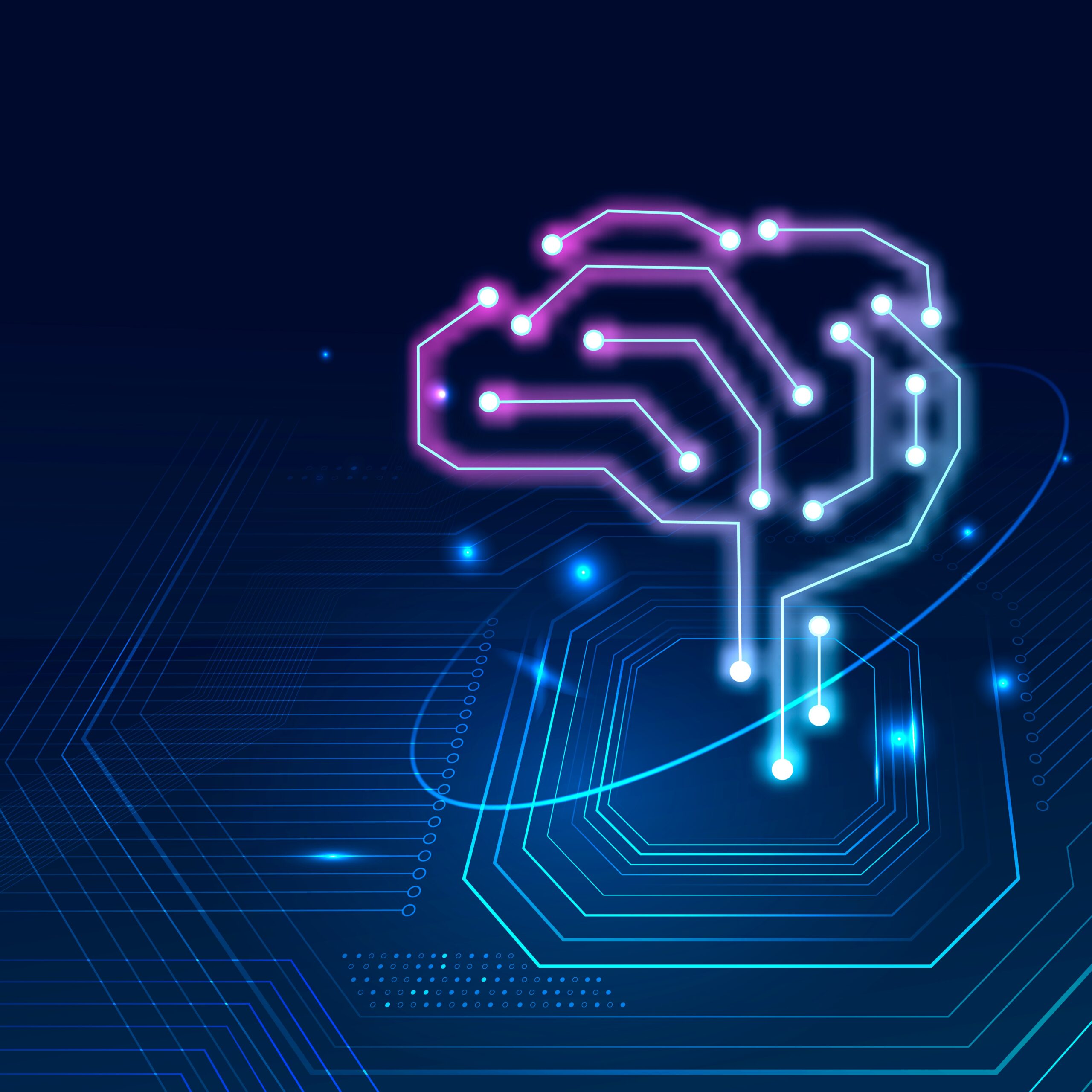Brain Connectivity: Bridging the Gaps in Neuroscience

Understanding how the brain works is one of the greatest challenges in modern science. With millions of neurons forming an intricate web of connections, brain connectivity is essential for nearly everything we do, from basic motor functions to complex cognitive processes. This concept, called brain connectivity, is about how different parts of the brain communicate and collaborate. But what exactly is it, and why is it so crucial in neuroscience?
What is Brain Connectivity?
Brain connectivity refers to the network of neural pathways that link different parts of the brain. These pathways enable communication between neurons, facilitating everything from sensory processing to decision-making. There are three main types of brain connectivity: structural, functional, and effective.
Types of Brain Connectivity
Structural Connectivity
Structural connectivity refers to the physical connections between different regions of the brain. These connections are formed by white matter tracts, which are bundles of axons that link neurons across different areas. Think of it as the brain’s wiring system.
Functional Connectivity
Functional connectivity, on the other hand, refers to the relationships between different brain regions based on their activity. If two areas of the brain are activated simultaneously during a specific task, they are said to be functionally connected.
Effective Connectivity
Effective connectivity is about understanding how one brain region influences another. It looks not just at the physical connections but also how information flows and how regions impact each other during different cognitive functions.
The Role of Brain Connectivity in Neuroscience
In neuroscience, studying connectivity helps scientists understand how different areas of the brain communicate and work together. This understanding can lead to breakthroughs in diagnosing and treating neurological disorders. For example, disrupted connectivity has been linked to conditions such as Alzheimer’s disease, schizophrenia, and autism.
Brain Networks: The Backbone of Connectivity
Our brains aren’t just a random cluster of neurons. Instead, they are organized into specific networks, each with its role. These networks, such as the default mode network (DMN), the salience network, and the central executive network, manage everything from daydreaming to decision-making.
The Default Mode Network (DMN)
The DMN is active when the brain is at rest, such as when we’re daydreaming or thinking about the past and future. This network plays a crucial role in self-referential thinking and memory.
The Salience Network
The salience network helps us detect and filter important stimuli in our environment. Whether it’s hearing a loud noise or spotting a potential threat, this network ensures we react appropriately.
The Central Executive Network
This network is involved in higher-order cognitive tasks like problem-solving, planning, and decision-making. It’s active when we’re focusing on a challenging task.
Brain Connectivity in Mental Health Disorders
Disrupted brain connectivity is a hallmark of many mental health disorders. By studying these disruptions, scientists can better understand the underlying causes of these conditions and develop more effective treatments.
Schizophrenia and Connectivity
In individuals with schizophrenia, there are often disruptions in connectivity between key brain regions. This may contribute to the hallucinations, delusions, and cognitive difficulties that characterize the disorder.
Alzheimer’s Disease and Neural Pathways
Alzheimer’s disease is marked by the gradual breakdown of brain connections, leading to memory loss and cognitive decline. Understanding how these pathways degrade can provide insights into potential treatments and preventive measures.
How Technology is Advancing Brain Connectivity Research
Technological advancements have significantly improved our ability to study brain connectivity. New imaging techniques like functional MRI (fMRI) and diffusion tensor imaging (DTI) allow researchers to map the brain’s connections in unprecedented detail.
Functional MRI (fMRI)
fMRI measures brain activity by detecting changes in blood flow. This allows researchers to see which areas of the brain are active during specific tasks, providing insights into functional connectivity.
Diffusion Tensor Imaging (DTI)
DTI is a type of MRI that maps the brain’s white matter tracts, helping scientists visualize the structural connections between different brain regions.
The Impact of Brain Connectivity on Learning and Memory
Brain connectivity plays a vital role in learning and memory. When we learn something new, new connections are formed, and existing ones are strengthened. This process, known as neuroplasticity, allows the brain to adapt and reorganize itself based on new experiences.
Neuroplasticity and Connectivity
Neuroplasticity is the brain’s ability to change and adapt. Whether you’re learning a new skill or recovering from a brain injury, neuroplasticity allows for the formation of new neural connections and the strengthening of existing ones.
Memory Formation
Memory formation relies heavily on strong brain connectivity. When we form a memory, different brain regions must communicate to encode, store, and retrieve that information later.
The Future of Brain Connectivity Research
Brain connectivity is a rapidly evolving field, with new discoveries being made all the time. As our understanding of how the brain’s networks function grows, so too does the potential for breakthroughs in treating neurological disorders, enhancing cognitive function, and even understanding the complexities of human consciousness.
The Promise of AI and Machine Learning
Artificial intelligence and machine learning are beginning to play a significant role in brain connectivity research. By analyzing vast amounts of data, these technologies can help identify patterns in brain activity and connectivity that may not be visible to the human eye.
Personalized Brain Treatments
As we learn more about individual brain connectivity, the future of treatment for neurological conditions may become more personalized. Therapies could be tailored to each person’s unique brain network, offering more effective and targeted interventions.
Conclusion
Brain connectivity is the key to unlocking many of the mysteries of the human brain. By understanding how different regions communicate and collaborate, we can begin to bridge the gaps in neuroscience and develop new strategies for improving mental health, enhancing cognitive abilities, and treating neurological disorders. As technology and research continue to advance, the future holds incredible potential for further insights into the intricate web that makes up the brain’s connectivity.
FAQs
1. What is brain connectivity?
Brain connectivity refers to the networks of neural pathways that allow different regions of the brain to communicate and work together.
How does brain connectivity affect memory?
Memory relies on strong brain connectivity. When you form a memory, various brain regions must communicate to encode, store, and later retrieve that information.
What role does technology play in studying brain connectivity?
Technological advancements, such as functional MRI and diffusion tensor imaging, have revolutionized how we study brain connectivity, allowing us to visualize and understand neural networks in more detail.
How is brain connectivity related to mental health disorders?
Disrupted brain connectivity is often found in mental health disorders like schizophrenia and Alzheimer’s disease. Studying these disruptions helps scientists develop better treatment strategies.
Can brain connectivity improve with age?
Through the process of neuroplasticity, the brain can form new connections and strengthen existing ones throughout life, which can help improve cognitive function even as we age.






